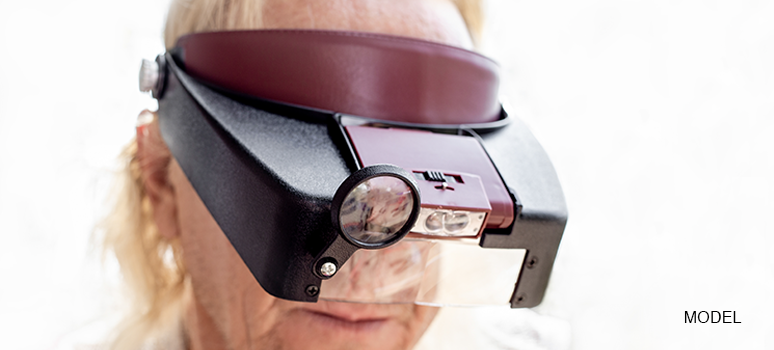
Maximize Healing Time with Proper Compression Bandage Use
Introduction
Have you ever wondered how long you should keep a compression bandage on after an injury? It’s a common question, and the answer can vary depending on the specific injury and the type of bandage used. In this comprehensive guide, we’ll delve into the factors that influence the duration of compression bandage application, providing you with the knowledge you need to make informed decisions about your recovery.
Understanding Compression Bandages
Compression bandages are elastic wraps designed to apply pressure to a specific area of the body. They are commonly used to:
- Reduce swelling: By constricting blood vessels, compression bandages help minimize swelling and inflammation.
- Control bleeding: In cases of minor bleeding, applying pressure with a compression bandage can help stop the bleeding.
- Support injured tissues: Compression bandages can provide support to injured muscles, tendons, and ligaments, promoting healing and reducing pain.
Factors Affecting Compression Bandage Duration
The length of time you should keep a compression bandage on depends on several factors:
- Type of Injury:
- Minor injuries: For sprains, strains, and minor cuts, a compression bandage may be worn for 24-48 hours.
- Major injuries: In cases of severe injuries, such as fractures or deep cuts, a healthcare professional will determine the appropriate duration of compression bandage use.
- Severity of Swelling:
- Moderate swelling: A compression bandage may be worn for 2-3 days to reduce swelling.
- Severe swelling: In cases of significant swelling, a healthcare provider may recommend wearing a compression bandage for longer periods or using a more specialized compression garment.
- Type of Compression Bandage:
- Elastic bandages: These bandages provide moderate compression and are typically worn for shorter periods.
- Rigid bandages: These bandages offer firm compression and may be worn for longer durations, often under the guidance of a healthcare professional.
- Healthcare Provider’s Instructions:
- Always follow the specific instructions provided by your healthcare provider. They will consider your individual circumstances and recommend the optimal duration of compression bandage use.
Tips for Effective Compression Bandage Use
- Proper application: Ensure the bandage is applied correctly, without being too tight or too loose.
- Regular monitoring: Check the affected area regularly for signs of impaired circulation, such as numbness, tingling, or discoloration.
- Skin care: Remove the bandage periodically to inspect the skin and prevent irritation.
- Elevation: Combine compression with elevation to maximize swelling reduction.
- Ice therapy: Applying ice to the injured area can help reduce inflammation and pain.
Conclusion
The duration of compression bandage use depends on various factors, including the type of injury, severity of swelling, type of bandage, and healthcare provider’s recommendations. By understanding these factors and following the guidelines provided, you can optimize your recovery process and minimize discomfort.
Contact Robbins Instruments Today
Transform your liposuction practice with innovative compression bandage solutions. Contact Robbins Instruments to learn how our technology can help you achieve superior results and patient satisfaction.






